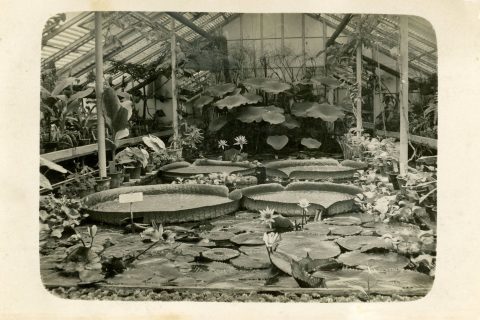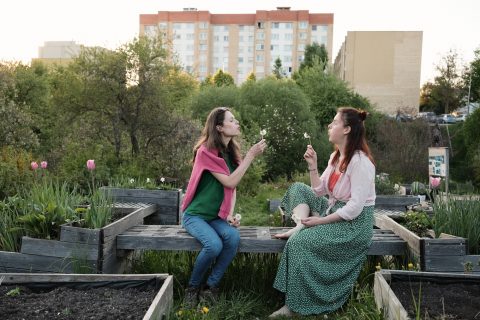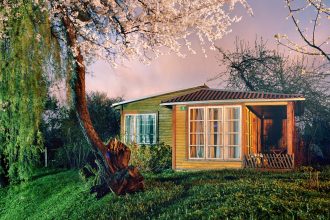Where nasturtiums grow and the green rue,
Where you find a speckled cuckoo,
There’s the homeland, the homestead, and the dear old mother.
Maironis “Where the Šešupė Flows”, 1902
When walking around historic gardens and parks, one is always curious: did their founders have any clue that a hundred years later (or a few hundred, as in Pažaislis) others would still be marveling at the work they had started, the success of which is determined not only by personal effort but also by nature? Often, some time needs to pass for us to be able to take a closer look at what surrounds famous historical objects. For example, this month Kaunas 9th Fort Museum invites you to a concert in the apple orchard. Have you ever thought about apples when visiting the place? After all, in the interwar period, when the place served as a hard labor prison, those who were imprisoned there grew their own food.
He used to walk around the garden in a white linen cloak, wearing a big white hat, like a real patriarch.
Jonas Mačiulis-Maironis (1862 – 1932) also grew such things as corn and sweet potatoes for his table in the heart of Kaunas. The poet and priest returned to Lithuania from St. Petersburg and in 1909 bought the palace of Kaunas court elder Sirutis. The Baroque-style building stood on a large plot of land that stretched all the way to the Nemunas River. After the palace was renovated, the poet moved in with his sister Marcelė (his other sister Pranciška visited them often), and after the plot was tidied up and various constructions there demolished, a 30-acre garden – a very large one indeed – was planted.
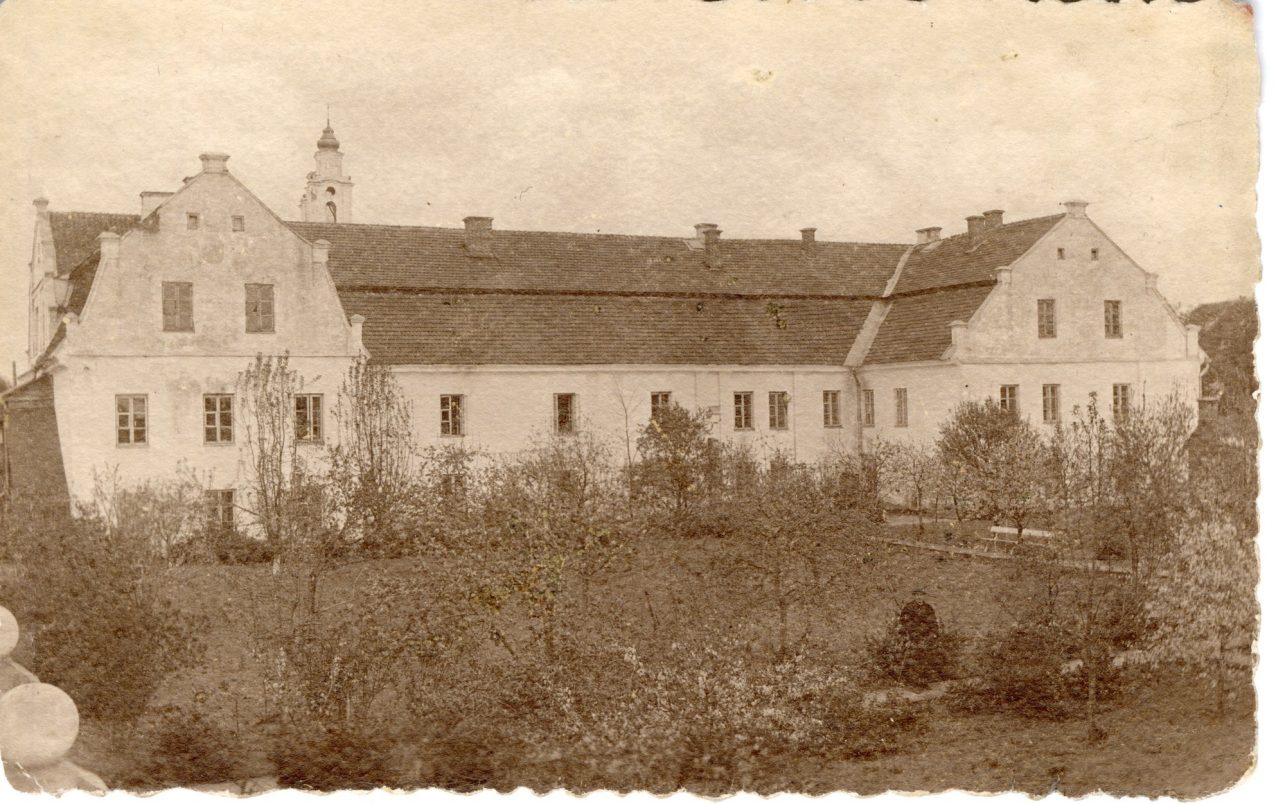
Aldona Ruseckaitė, the former director of the Maironis Lithuanian Literature Museum, wrote a book in 2017, which is called Maironis Garden. Among many curiosities featured in the book, I found a small memory from Juozas Pininis, who worked there as a keeper from 1910 to 1914, “Maironis was very simple and full of compassion, he valued work and did not avoid it himself. At that time, tall trees grew where the garden is now. Maironis paid 5 roubles for cutting down the high branches. He prepared the land for the garden himself, digging holes for gooseberries. He was not afraid of getting his hands dirty.”
After the poet’s death in 1936, Maironis Lithuanian Literature Museum was founded in the palace. However, its territory is three times smaller today. In her book A. Ruseckaitė mentions that the garden had languished in the post-war period, and it was impossible to restore it to its authentic state. At one time, the museum’s departments were allocated a plot each. National Kaunas Drama Theater employee and florist Danutė Bencevičiūtė suggested planting the flowers and plants in the garden that the poet wrote about in his poems and also the things that grew there during his time. Danutė herself took up this work and started to revitalize the garden. When A. Ruseckaitė became the museum director, she created a gardener position in the museum. Landscape designer Reda Kazokevičienė has been working here since 2009. You will read what she had to say about it soon but for now, here’s some more history that museologist Audronė Meškauskaitė and educator Kristina Tutlytė shared with me.
It is well known that Maironis was interested in gardening from his early days. Back when he attended the gymnasium and the seminary, he had a flowerbed in his hometown of Bernotai (Raseiniai district). The elder Mačiulis was also a gardener, and he never spared his son practical advice. When Maironis bought the palace in the Town Hall Square, he wanted to have nature “at hand”, and this is what led him to roll up his sleeves. “He planted the trees himself, pruned them, dug around, and watered them. He planted the flowers together with his sister Marcelė. He used to walk around the garden in a white linen cloak, wearing a big white hat, like a real patriarch,” publisher Antanas Kniūkšta was quoted in the book Maironis Garden.
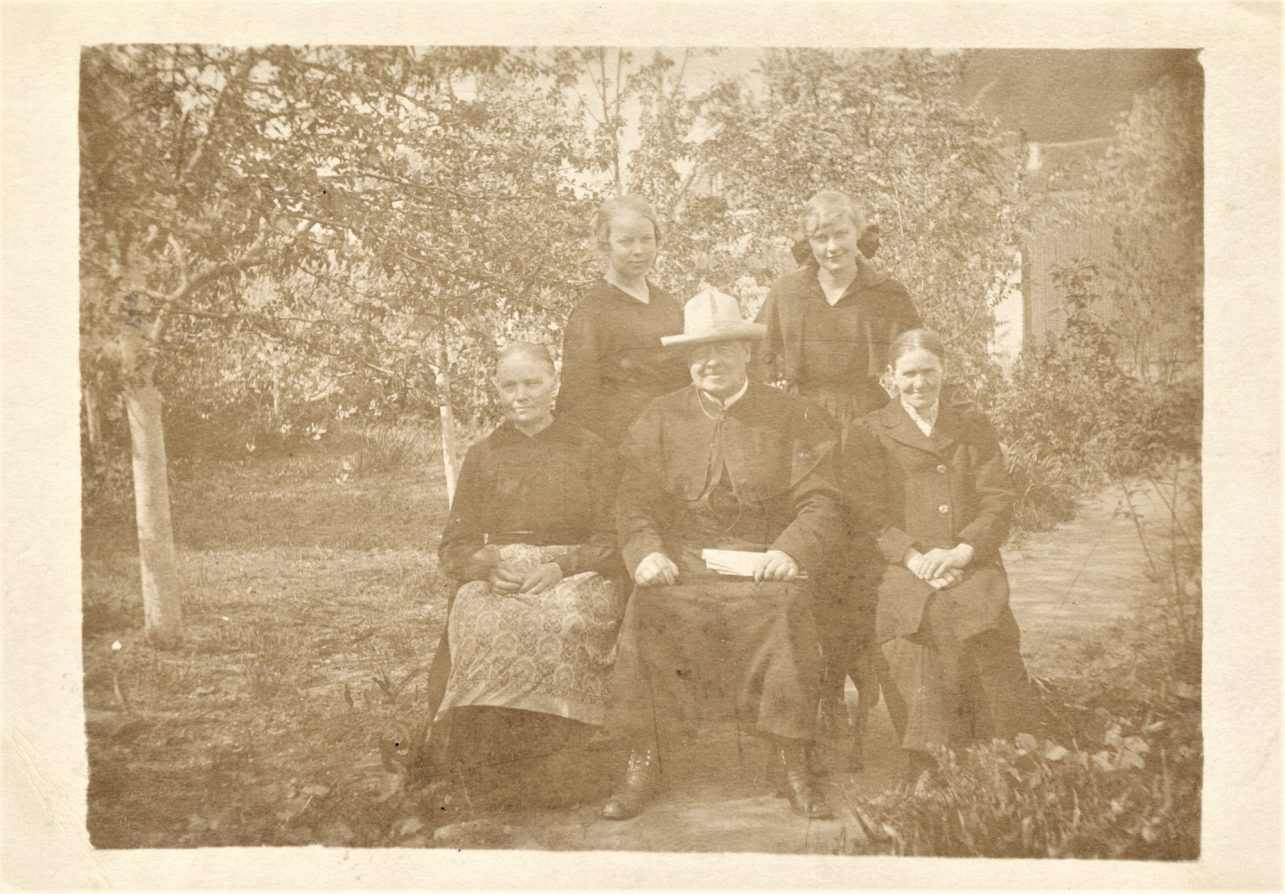
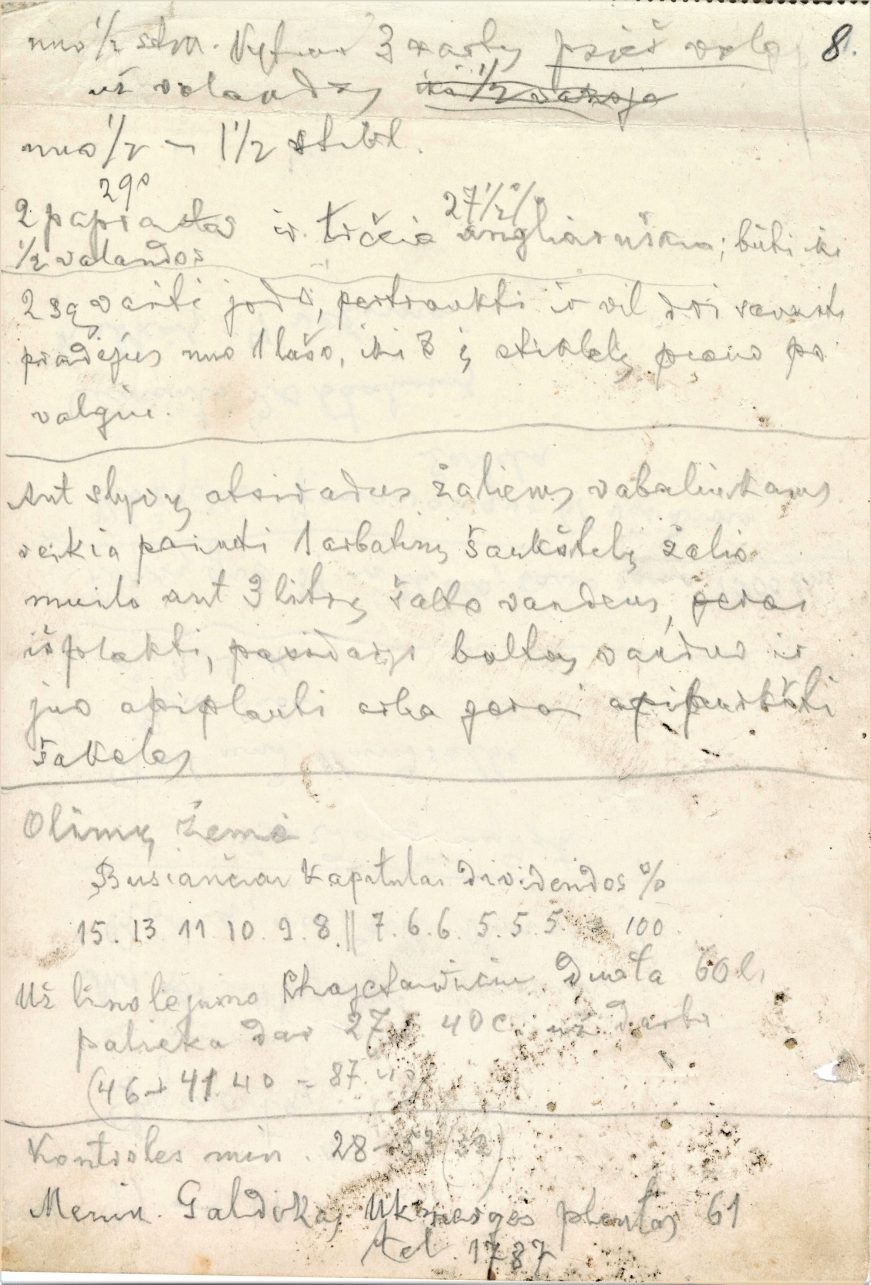
The poet would receive guests, commune with the muses, or concentrate on prayer in his well-kept garden. After moving to the palace, Maironis set up a housekeeping class on the first floor. The women who attended it also worked on the flower beds that Maironis assigned them and listened to the poet and his sister’s advice on what to plant so that the plants would not overshadow each other and would grow best. Maironis’ passion for gardening did not subside even when he travelled. When visiting foreign countries, he would write letters to his sister about the plants he found interesting and bring back seeds with him.
For many years, a duck had a nest in a hollow of a willow until the tree fell over. Trees full of nests are a piece of heaven in the city center.
The current garden paths do not fully correspond to the original plan. The surviving photographs show that the vegetation was also lusher. The garden now looks like a park, a feeling influenced by the maple trees that have grown considerably. According to the museum staff, Maironis himself was not very fond of these trees and would uproot the young maples to make room for the garden. But an apple tree planted by the poet himself has become a monument of sorts. The storm broke it a bit, but a new branch grew out. Maironis really liked apples and used to treat others to them. On the occasion of the 150th anniversary of the poet’s birth, three of his favourite apple varieties were planted. There is also an old pear tree that has outgrown even the historic palace itself, as well as a couple of poplars and oaks. An audio guide – the news of the season – available in Lithuanian, English, and Ukrainian tells the story of the garden and invites you to visit a different stop along the route, for example, to take a look at the sculpture of Christ in the centre of the garden. It was not there when the poet was still alive. The sculpture was unveiled thanks to the care of his sister Marcelė in 1933. During Museum Night, a new exhibition of historical photographs, The Poet’s Garden, was added to the garden fence. You can try to figure out what used to grow and stand in the garden. For example, beehives, which means there was poetic honey too! There used to be a fountain, and there still is, but it’s modern now. The little laundry shed, which was part of the exhibition dedicated to Dalia Grinkevičiūtė (we reviewed it in the July 2022 issue. Also, peony, which played a special role in history, grows next to the laundry shed) is still standing in the garden. One of this summer’s plans is to turn this shed into a summer house/reading room, which would serve as a comfortable shelter from heat or rain.
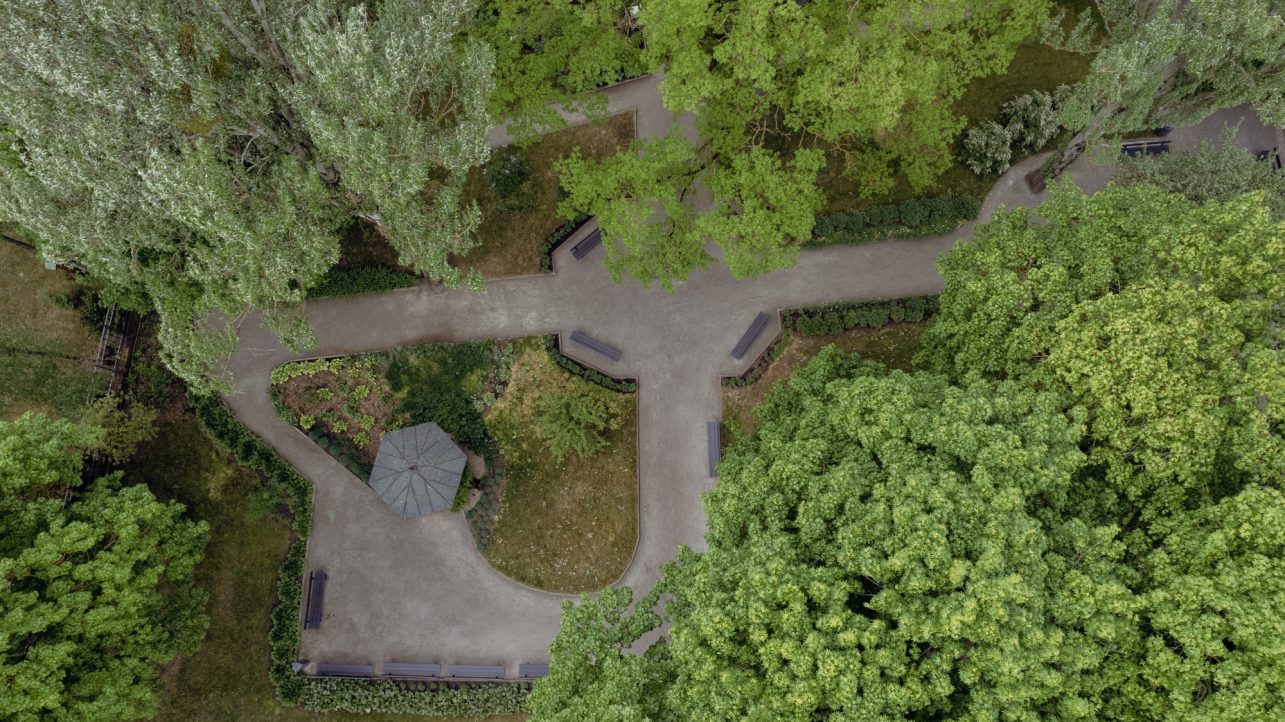
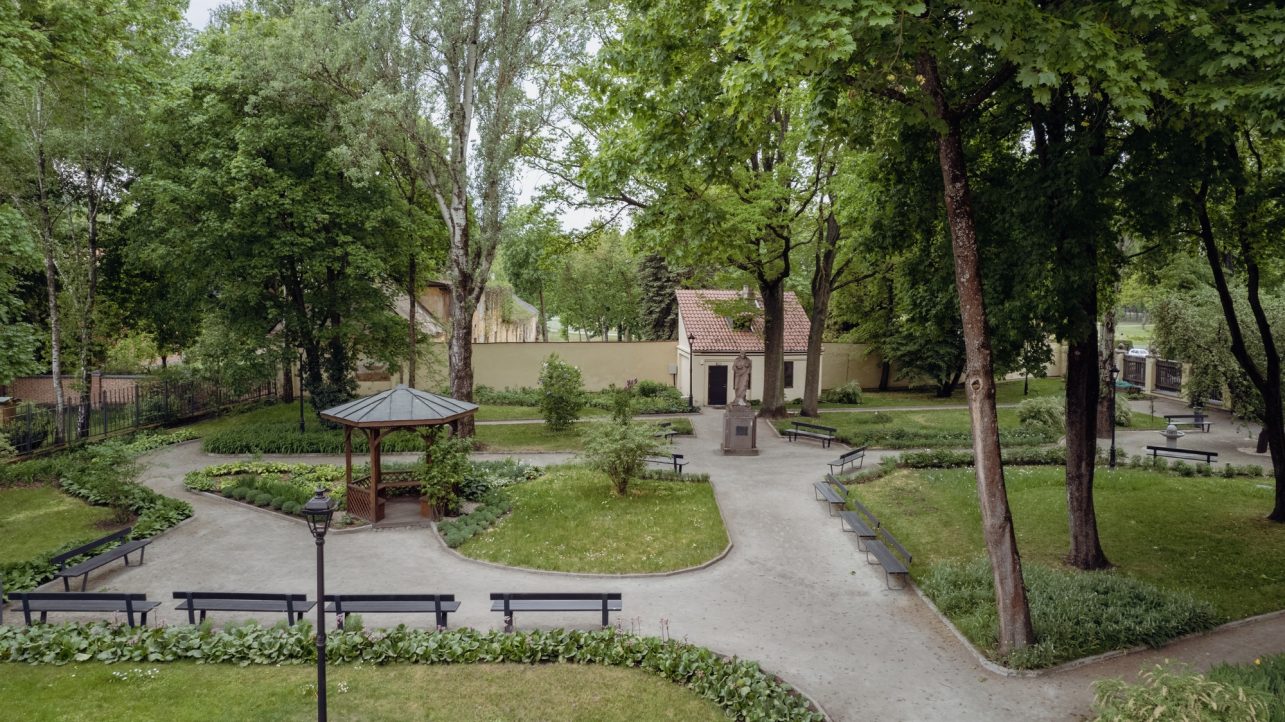
“Maironis Garden is the most beloved garden that I take care of,” Reda Kazokevičienė answers when asked why she has been working here for several years. “The old garden framework, the mature maples, oaks, and linden trees are enchanting.” According to the landscape designer, a tree can never be a nuisance, and an old tree is a great asset to nature and people. She feels sad that they are cut down so easily or otherwise destroyed for the preparation of communications in Lithuania. The expert tells us that old trees are also the cause of a lot of difficult work, as something falls from them every day. In addition, there are not so many flowers in bloom in this garden because shade diminishes the diversity of plants.
The publication prepared by A. Ruseckaitė (available at the museum’s ticket office) features photographs taken by the writer herself, which have even been exhibited in exhibitions. The woman, who spent many years in the Maironis’ Palace, and therefore in the garden, laughs that there are countless photographs on her hard drive. She used to like to take pictures of the flowers, as she says, in moments of weakness. Pasqueflowers, zinnias, lilies of the valley, pansies, daisies, nasturtiums, foxgloves, sweet williams, crocuses, and rue – all these could have been growing in Maironis’ time, so the request to recreate the old fascinating Lithuanian flower gardens of which Maironis wrote reached R. kazokevičienė too when she started working in the museum. “I am constantly replenishing the garden with different plants, and recently I have been using a lot of native plants, following the global trend of biodiversity restoration,” the specialist says noting that the plants have been recently depleted by frequent droughts.
As R. Kazokevičienė says, what she likes most about this work is that Maironis was a truly passionate gardener, “Probably just like me. He loved and collected plants and was proud of his garden. Although poetry is a distant subject for me, his passion for gardening is very familiar. It’s my life.” She points out that the garden is full of birds. “For many years, a duck had a nest in a hollow of a willow until the tree fell over. Trees full of nests are a piece of heaven in the city center.”
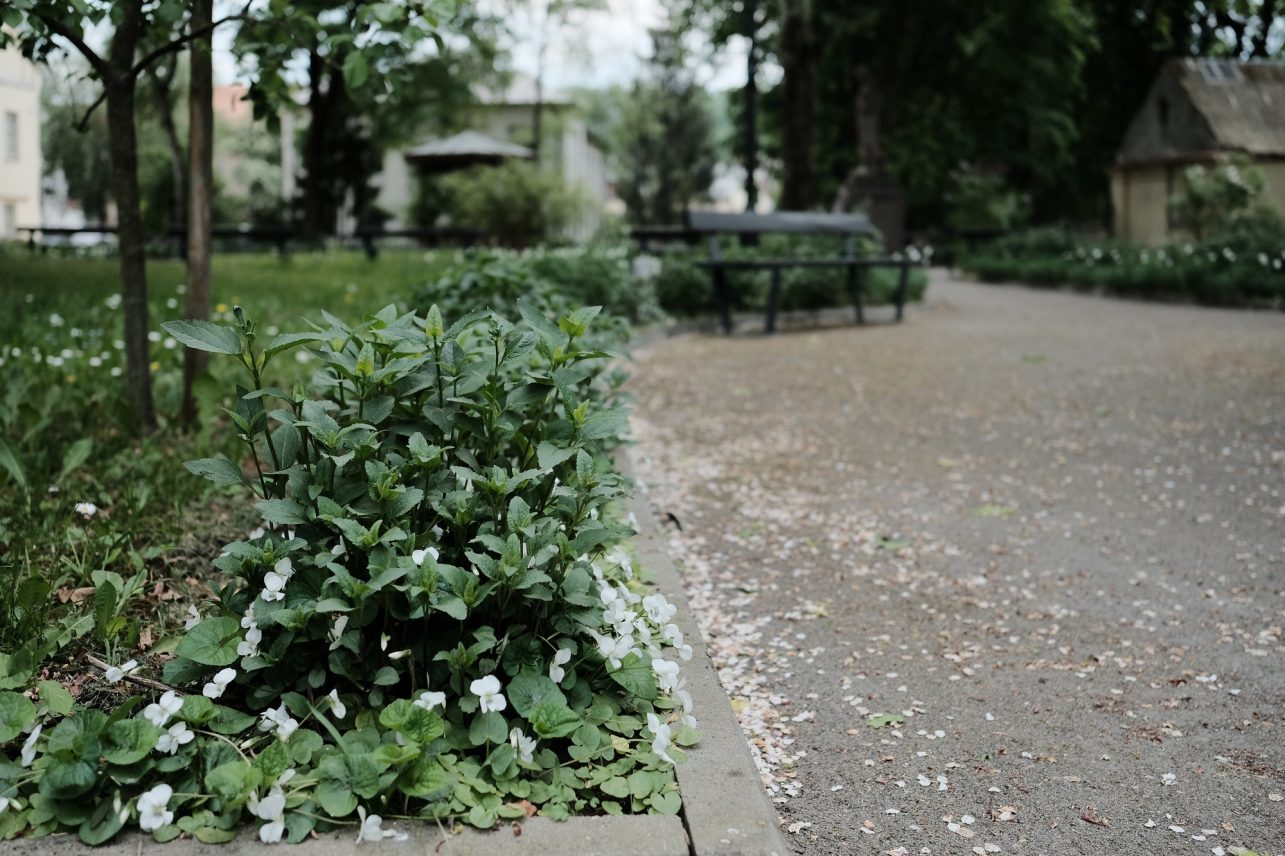
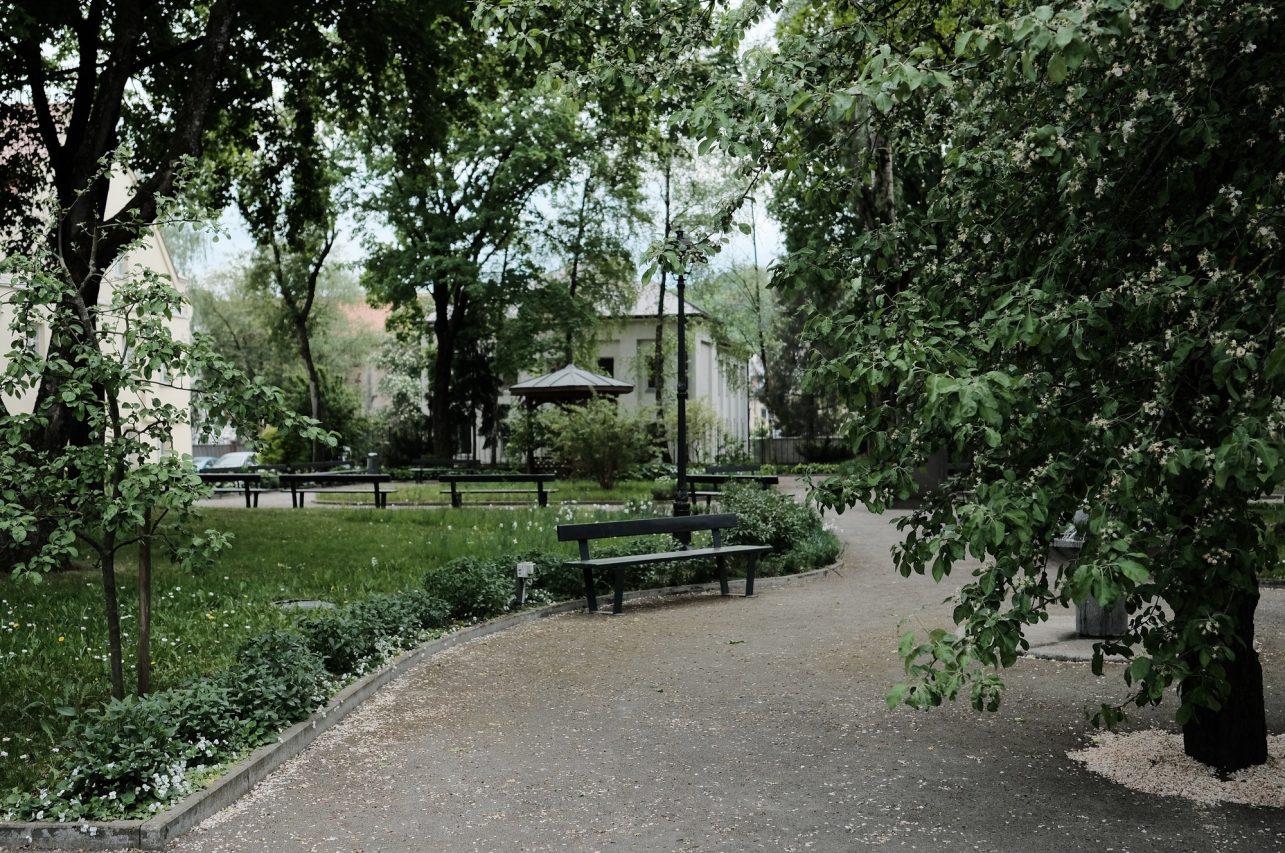

You can come to the garden, breathe in its centuries-old history, admire the present, or travel back to the time of Maironis without visiting the indoor exhibitions. Maironis Lithuanian Literature Museum offers a special, cheaper visitor’s ticket to the garden. You can also get married here – a service the museum has offered for several years. Perhaps it is a coincidence that, since the Town Hall was closed for reconstruction, this garden has become more and more popular with the newlyweds. It can accommodate a large number of people as we know from the traditional Poetry Spring celebration when the winner is awarded there at the end of May, when the poppies are usually already in bloom.
P.S. There are more ‘memorial’ gardens in Kaunas. Balys and Vanda Sruoga had a large plot, and it is also interesting to explore the estates of Juozas Grušas and Salomėja Nėris and Bernardas Bučas. And let’s not forget the garden of Antanas Žmuidzinavičius, climbing up the slope of Žaliakalnis, enveloped in a mystical aura. The wisteria that covers the painter’s house in May makes those hurrying down V. Putvinskis Street pause and beckons them to go further through the gate. It is very interesting to see which contemporary poets’ or novelists’ flower gardens and vegetable patches will become historical treasures. It is never too late to start, dear literati!

